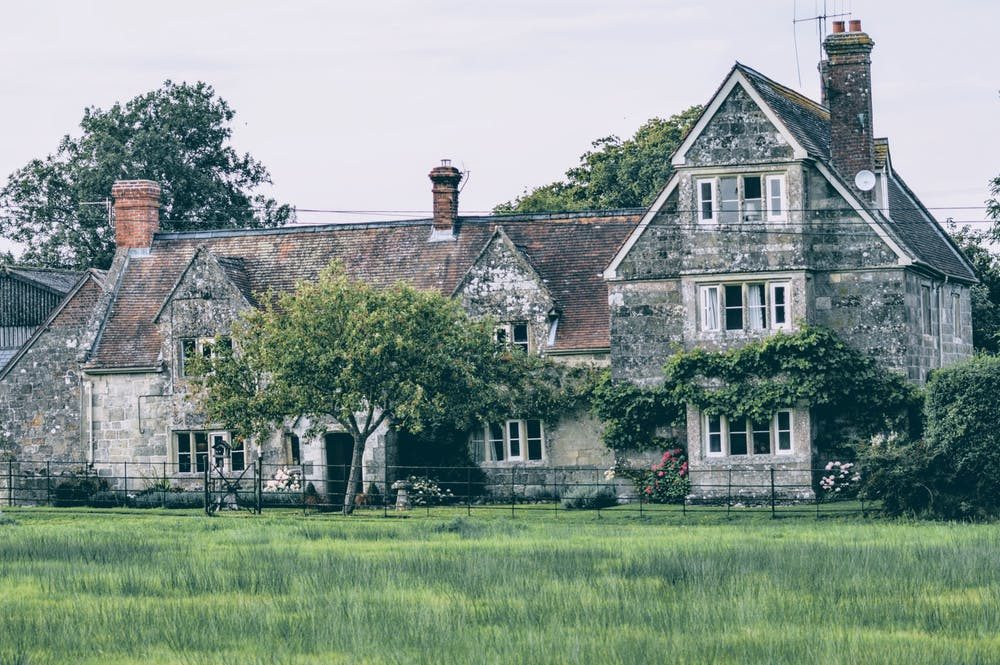When buying a house, many people turn to older properties because of their charm and character. Exposed brick, wooden beams, and period features are just some of the things that make older homes so appealing.
However, although older homes can be beautiful, they often come with issues that must be fixed before you move. Before you buy an older home, make sure you consider some of the major problems that older homes usually have and how you can make affordable home improvements.
Problems to consider when moving into an old home
When you buy an older home, you need to understand that there will undoubtedly be some issues that need rectifying before you can move in. Here are some of the most common issues with older houses:
- Roof issues: the roof is an integral part of any house. However, older homes usually have issues with roofing. Although different styles of roofs have different life spans, over a long period, all roofs will start leaking or cracking. Replacing a roof can cost up to $8,000, so this is something you need to consider before you buy an old property.
- Hazardous building materials: if you have bought a property built before 1978, it may have been built with harmful chemical substances such as asbestos and lead-based paints. Please make sure you get your potential property checked for these sorts of materials before you move, as they will need to be removed to protect your health.
- Poor insulation and energy efficiency: although old houses usually have the charm of rustic, beautiful windows, they are not usually well-insulated or energy efficient. If you move in without fixing any of these issues, it will cost you a fortune in utility bills.
- Old plumbing: if the water pipes in an old house haven’t been used for a long while, there is a strong chance that they may have frozen up and burst. Ensure you get these checked out by a professional plumber before moving in.
Best affordable old home improvements
If you aren’t careful, your old house could end up costing you a lot more than you originally thought. Fortunately, there are some cheap and easy ways you can make home improvements to your old home.
- Paint: one very cheap and easy way to make your old home look much smarter is to paint over any old walls. To make your house look even more modern, why not create a feature wall using vibrant paint?
- Make your home energy efficient: while this might not be a cheap option, it will save you hundreds (and possibly thousands) of dollars in the long run. Update any insulation in the walls and the roof, and ensure all your windows are double-glazed. Over time, this will help you save a lot of money on your Direct Energy bill.
- Work on the front of your house: old houses can look beautiful from the outside. However, they often look dilapidated if they are not cared for properly. Painting the outside of your home and any doors and shutters will immediately make your home look more welcoming. If you have some time, work outdoors in your garden, as this can add thousands of dollars worth of value to your home.
- Paint the kitchen cabinets: instead of replacing all of the kitchen worktops and cabinets (which can cost tens of thousands of dollars), painting the kitchen cabinets will give a burst of color to old cabinets.
Overview
Moving to an older home can be an exciting and rewarding experience, but it’s essential to consider several factors before deciding to purchase. Older homes often have unique architectural features and a certain charm that is hard to find in newer properties, but they may also come with challenges that need to be addressed.
One of the most important things to consider when moving to an older home is the state of the property’s infrastructure. Older homes may have outdated electrical and plumbing systems that could require updating to ensure they are safe and functional. It’s also important to check for any structural issues, such as foundation problems, that may be present in an older home.
Another factor to consider is the maintenance and upkeep required for an older home. As homes age, they often require more frequent maintenance and repairs than newer homes. It’s essential to budget for these expenses and has the plan to address any issues that may arise.
Finally, it’s essential to consider the home’s historical significance and any restrictions that may come with owning a historic property. This may include limitations on renovations and alterations to the property to preserve its historical integrity.
Conclusion
Although older homes can be beautiful, they can also be incredibly expensive to fix up. Therefore, before you purchase an older property, make sure you do your research and create a home improvement budget.
Read More: This is the Importance of Kitchen Cabinets


